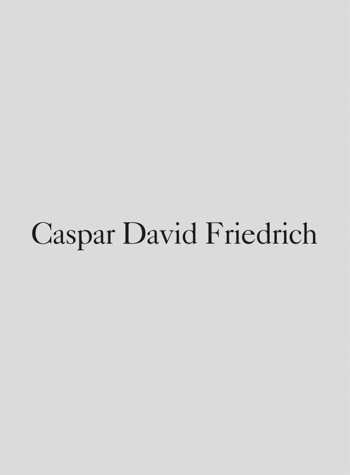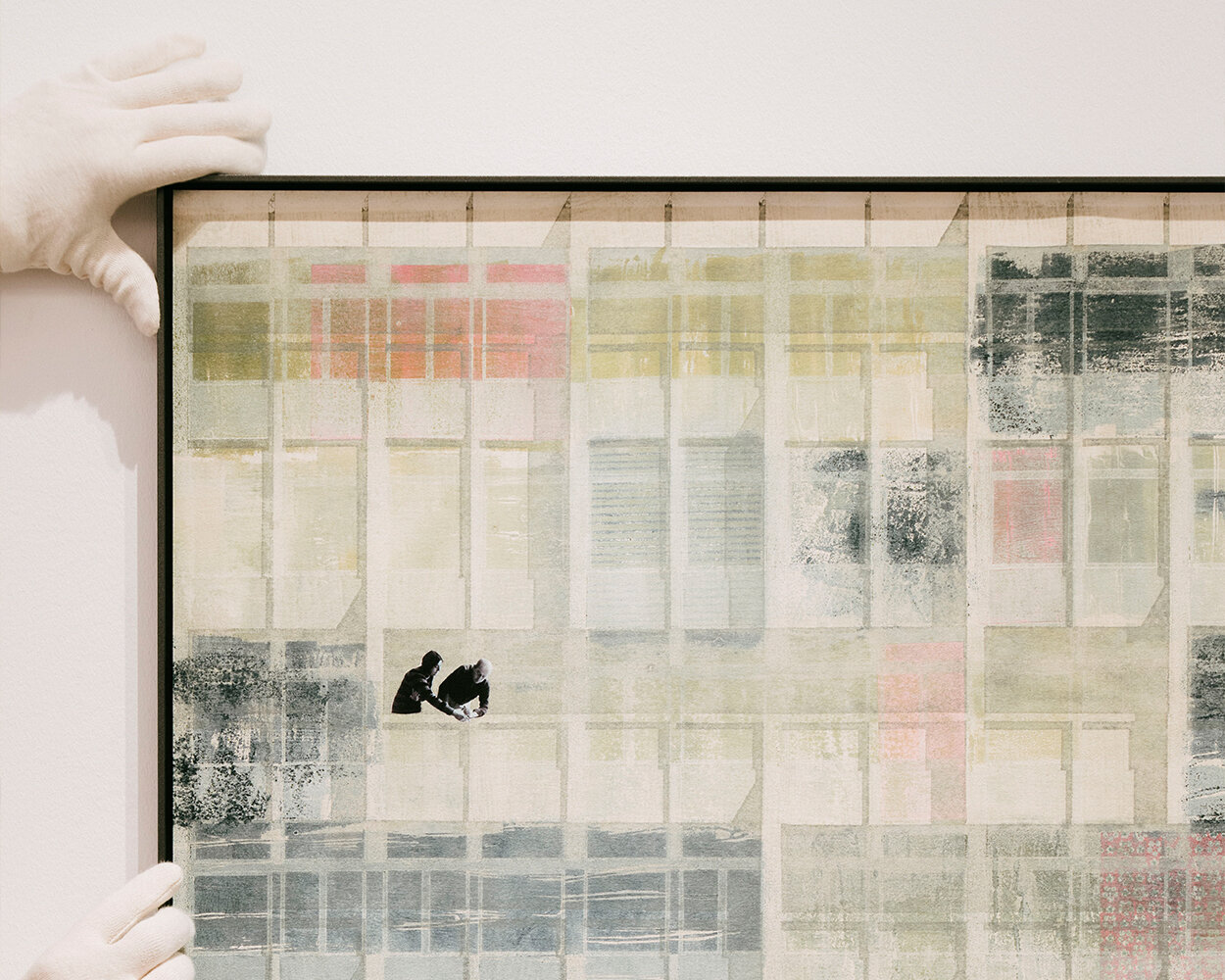Mañana de Pascua
Mañana de Pascua
German Romanticism is represented in the collection of the Museo Thyssen-Bornemisza with a work by Caspar David Friedrich, the leading artist of that movement. Easter Morning has been dated to the artist’s mature period before the attack of apoplexy that he suffered on 26 June 1835. From that date onwards he abandoned oil painting and produced watercolours and sepia wash drawings. The present canvas belonged to Wilhelm Wegener who described it in 1859: “Three women [in the foreground] walk stiffly towards the cemetery very early in the morning. It is not yet light and the moon is still to be seen high up in the sky although it no longer illuminates the landscape or casts shadows. The old trees on either side of the road are putting forth new shoots and in the fields one sees the green stalks that have survived the winter. Nature is celebrating its reawakening”.
Friedrich’s silent and profoundly meditative landscapes contain a symbolism that alludes to life and hope, expressed by the artist through his unique iconography. In Easter Morning, this path carries the spectator’s eye into the pictorial depth, and Friedrich assists the spatial flow by locating the women on its edge, as if waiting. The moon, still visible in the sky, is counterbalanced by the glow of the cold light of dawn that begins to flood the horizon. Both the moon and the dawn, have been interpreted as references to death and to life after death. The message of hope transmitted by this canvas makes Easter Morning a clear reference to the Resurrection.
High resolution pigment ink on cotton paper
34.4 x 43.7 cm
Same size as original
Next unit for sale No. 2
Open edition. Produced on demand
Certificate of authenticity included

 34.4 cm
43.7 cm
34.4 cm
43.7 cm

Caspar David Friedrich
Caspar David Friedrich was a 19th-century German Romantic landscape painter. In the allegorical scenes of his middle period, he depicts contemplative figures set against night skies, morning mists, old trees, or Gothic ruins. The human presence plays barely a marginal role in contrast to imposing landscapes, directing the viewer's gaze towards the metaphysical dimension of man.
Thyssen
The Thyssen-Bornemisza National Museum is a Madrid art gallery exhibiting the works of old and modern masters. It owes its existence to the lease agreement (1988) and the subsequent acquisition by the Spanish Government (1993), of the most valuable core of the private collection built over seven decades by the Thyssen-Bornemisza family.
